A year ago, after the war broke out in Sudan and the resulting insecurity, I moved to Saudi Arabia. I arrived in a new country, far from my homeland, but I never felt like a stranger. I lived in Ghubairah neighborhood in the capital, Riyadh, which is one of the neighborhoods located in the east of Riyadh. This neighborhood is distinguished by the size of the Sudanese community, as most of the Sudanese living in Riyadh are concentrated there. When I walk through the streets of the neighborhood, I feel like I am among my people, as most of the people I meet are Sudanese.
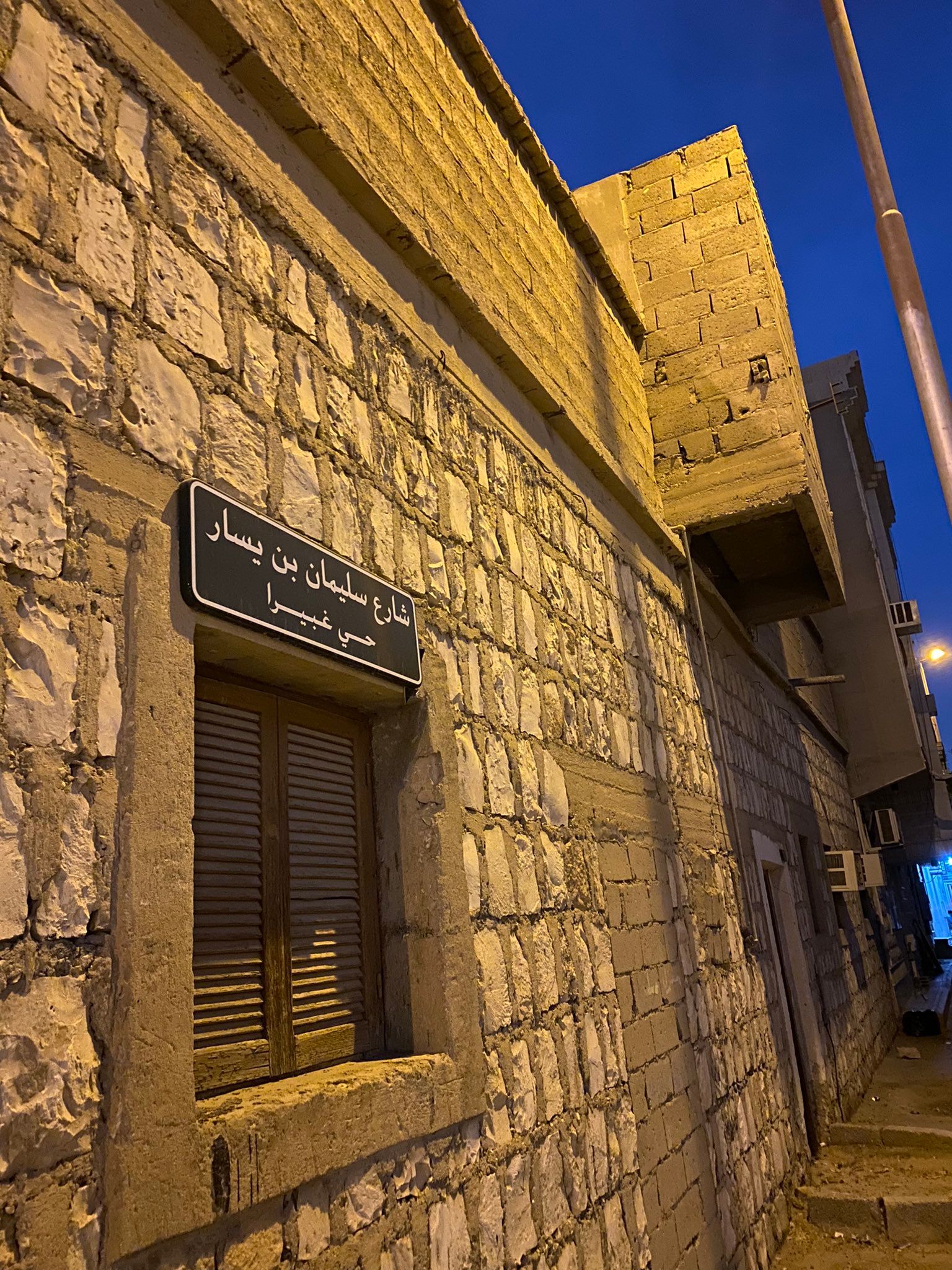
The edge of the old streets in the Ghubairah neighborhood. Source: "Ghubairah Neighborhood Memories" page on X
On Ghubairah Street, there is a market that is one of the largest gatherings of Sudanese people and their products, and it contains everything that Sudan is famous for. In this market, you can find many distinctive Sudanese products such as Weka (dried and ground okra), Dakwa (local peanut butter), sesame oil, and even the Mofraka (a long-handled tool with a pointed end in the shape of a small boat used to mix food) that is used to make Sudanese Mulah (stews) and also the Moqshasha (broom) that is used to clean houses.
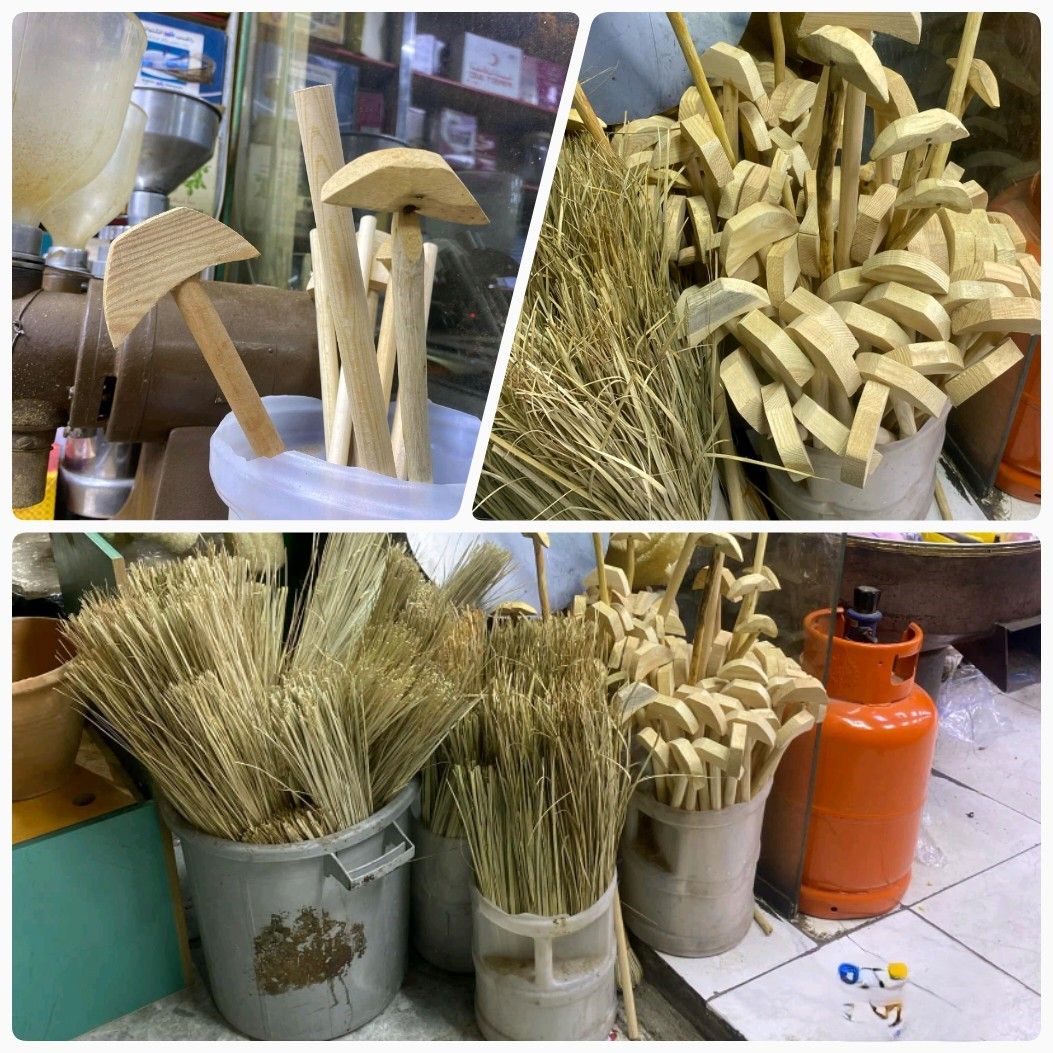
Mofraka and Moqshasha in the Sudanese shops. Photo by: Walaa Abdulatti

Dakwa and Sesame oil. Photo by: Walaa Abdulatti
Kesra (local flatbread similar to Anjira but thinner) is sold in some shops, and sometimes you can find some women selling it on the sides of the road. Along with many other local Sudanese products, such as brightly colored spices such as coriander, fennel (cumin), and Sudanese hot pepper, in addition to products such as Qongleez or Tabaldi (Baobab), Hibiscus, Doam, Lentils, Beans, Qarad, and others. Sudanese traders also provide Sudanese manufactured products such as manufactured biscuits and AlGhazaltin tea _because we are convinced that there is no match for them, no matter how far we are and wherever we go.

Selling Kesra by ladies and also some shops. Photo by: Walaa Abdulatti
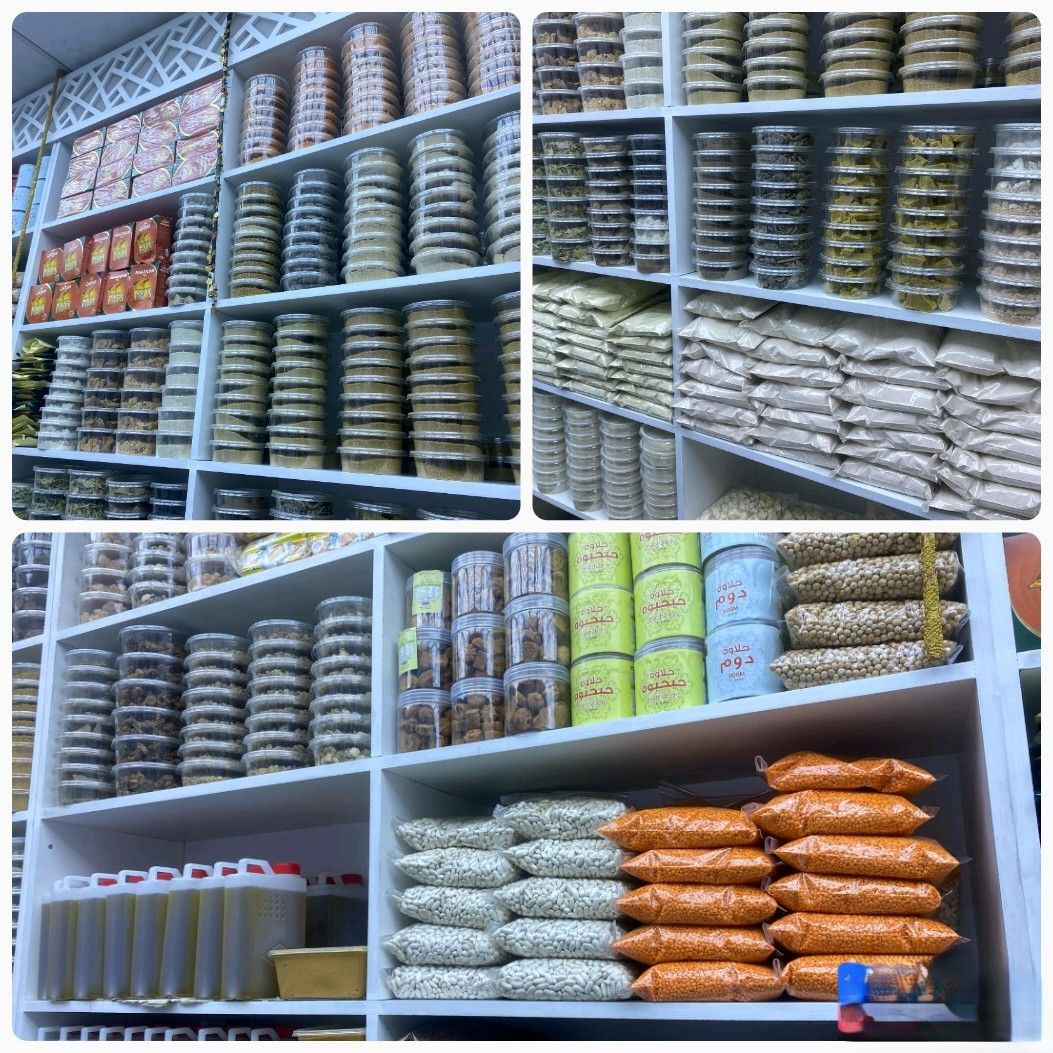
The vibrant colors of local spices. Photo by: Walaa Abdulatti

Sudanese manufactured products. Photo by: Walaa Abdulatti
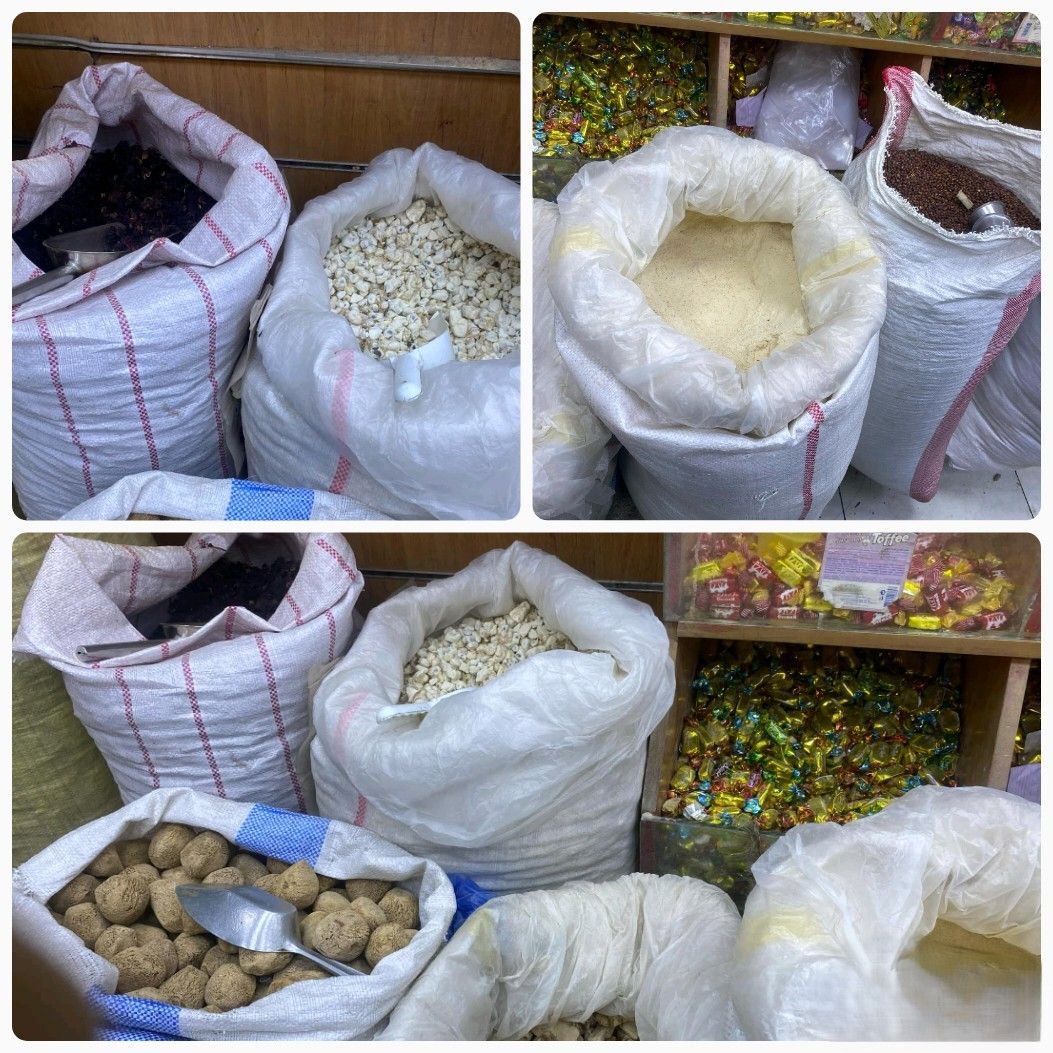
Qongleez, Hibiscus and Doam. Photo by: Walaa Abdulatti
In addition, the market features shops selling tools for making Sudanese Bukhor (incense) and Dukhan (sona), which include different types of wood such as Talh and Shaf, both large and small sizes, and incense burners. You can also find various local Sudanese and Parisian perfumes. In addition to the availability of everything related to the incense industry, from tools for manufacturing to packaging. Some shops provide it ready for use.
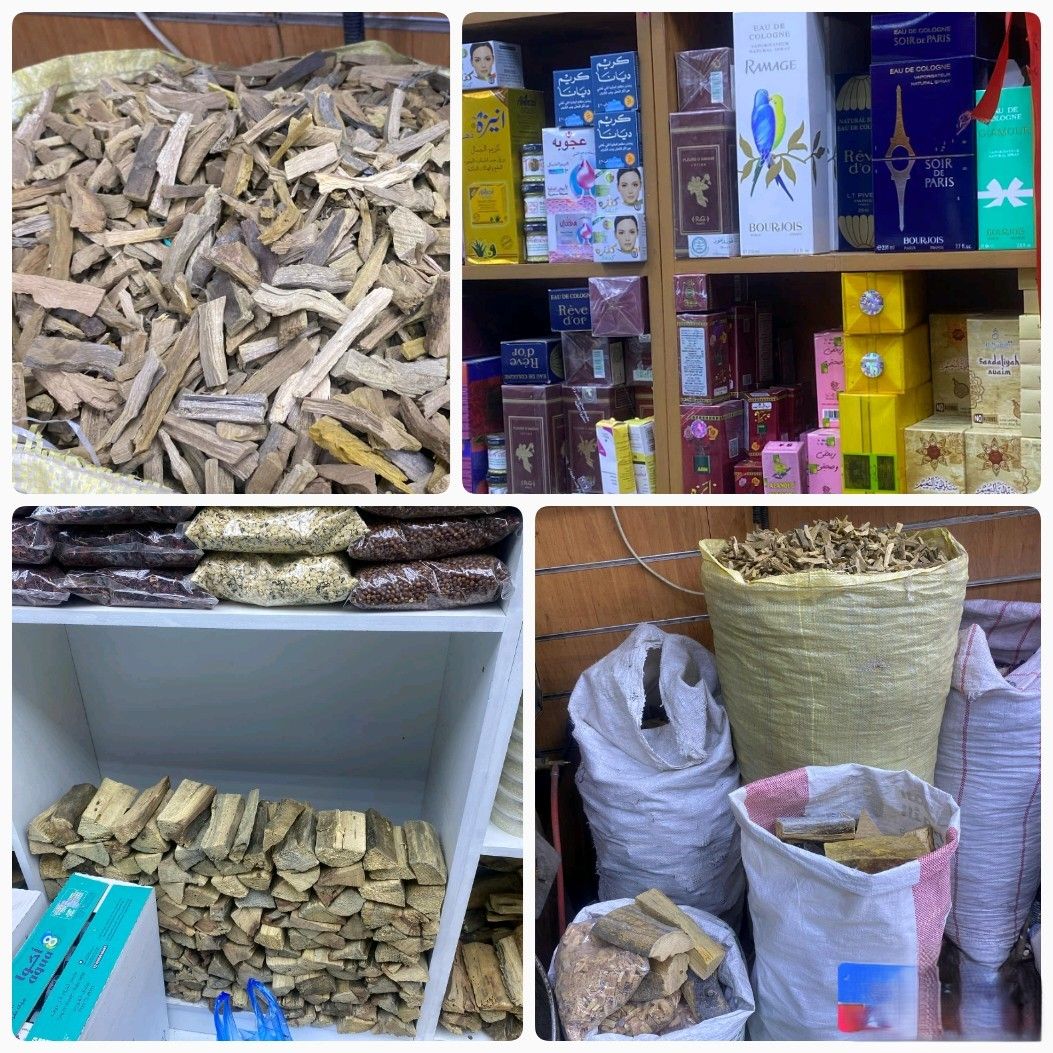
Taleh, Shaf and perfumes that makes the Sudanese Bhukor. Photo by: Walaa Abdulatti

Different shapes of the locally made burners also the ready to use bukhor. Photo by: Walaa Abdulatti
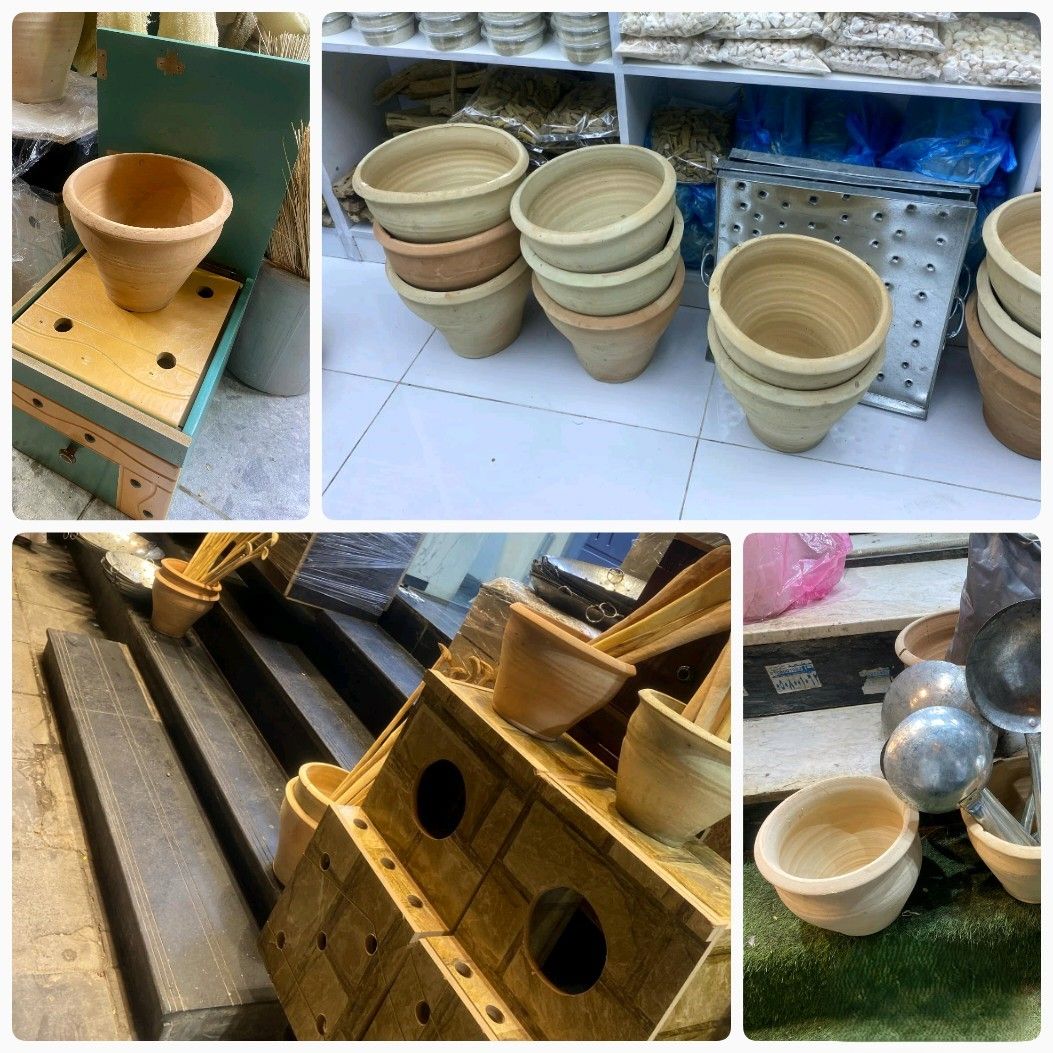
Old and modern (Rahala) for Dhukhan, Photo by: Walaa Abdulatti
The market also contains the largest suppliers of Jalabiya (the traditional men's dress in
most parts of Sudan) in all their old and modern forms such as the bright colored of the Ala Allah (type of short Jalabiya worn with pants), in addition to traditional Sudanese clothes and the Marqoub (traditional shoes made of tiger or snake skin) in all their forms. Many of our relatives and friends from different parts of Riyadh and the Kingdom come to visit and shop at the Ghubairah market.

Sudanese Jalabiya, Ala Allh and its accessories. Photo by: Walaa Abdulatti
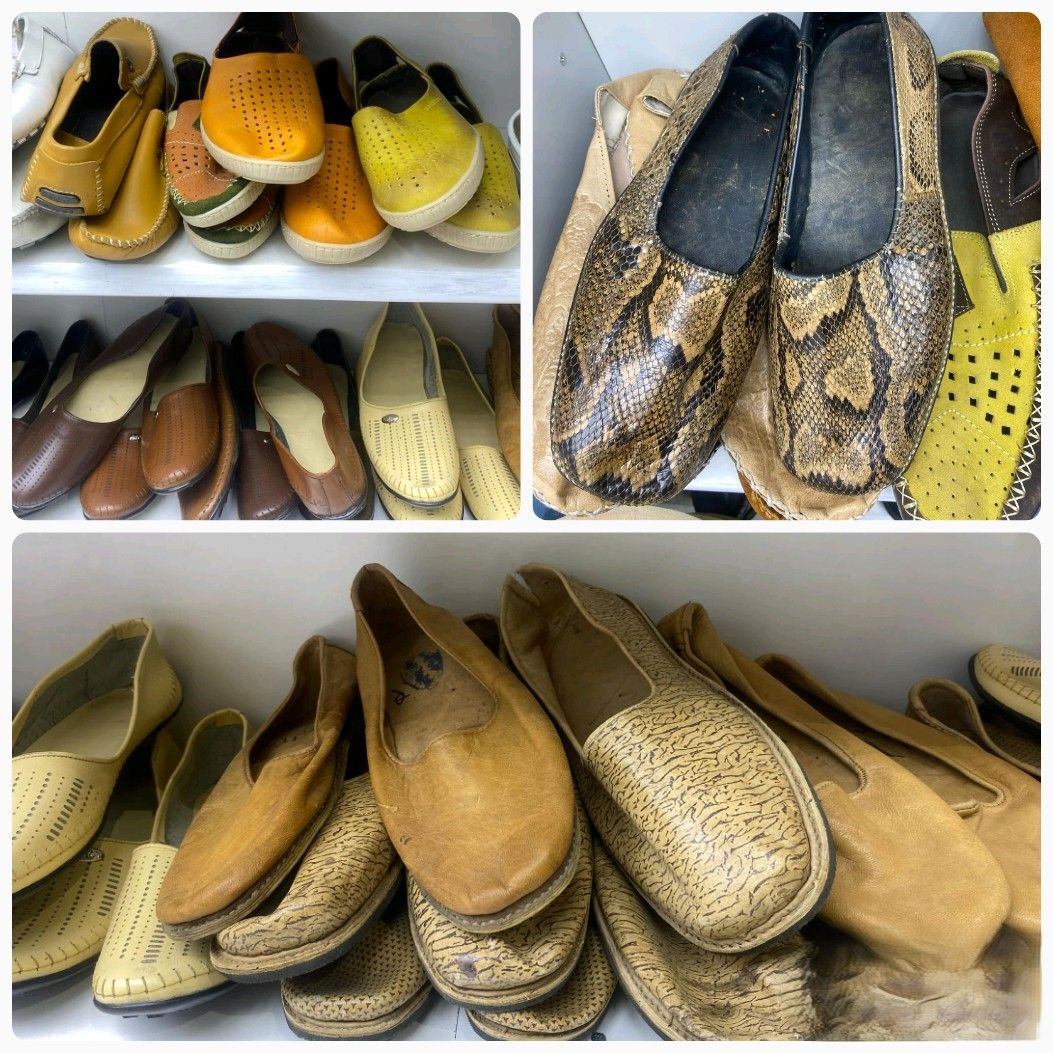
The Marqoub and custom made leather shoes for Jalabiya. Photo by: Walaa Abdulatti

The hat that worn under the Emah (Turban), the groom traditional attire and the Sidiri. Photo by: Walaa Abdulatti
This market also offers the best and most beautiful types of Sudanese Toub (the traditional dress of Sudanese women in central, northern, and eastern Sudan) in various materials. Making it the favorite destination for buying the most beautiful Toubs with wonderful designs, where they find everything they need of high-quality and authentic Sudanese clothes.
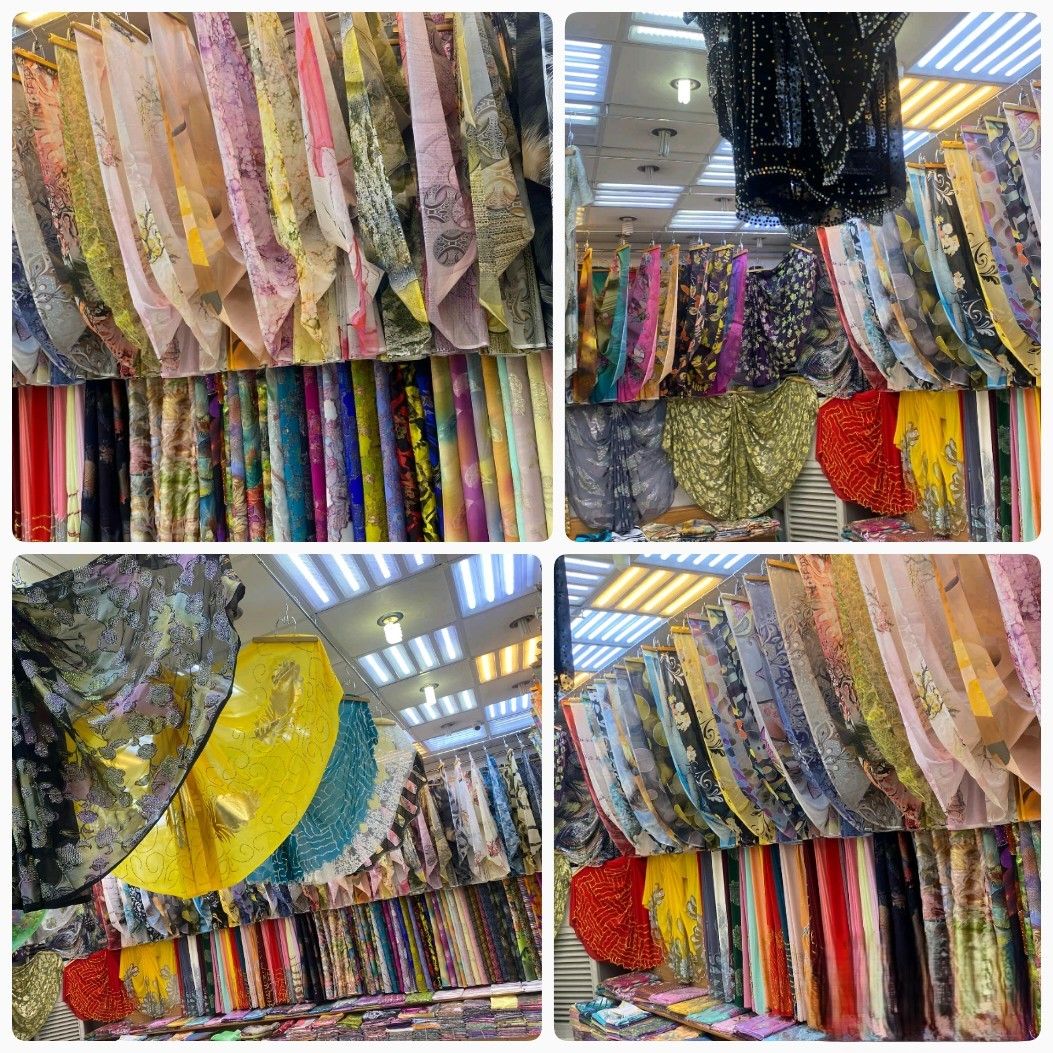
The Sudanese toub adorned with vibrant, lively colors. Photo by: Walaa Adulatti
Ghubairah Market also contains many Sudanese restaurants, including Foul (fava beans) restaurants with their delicious seasonings mastered by specialists in preparing Fattah (and Boush) and local bread, without which Fattah is incomplete. In addition, shops are selling the famous Basta (Baklava) in various shapes and types. Many shops compete to provide the most delicious types of Basta to consumers, whether Sudanese or from other nationalities who flock to Ghubairah to try authentic Sudanese cuisine and taste its unique flavors.
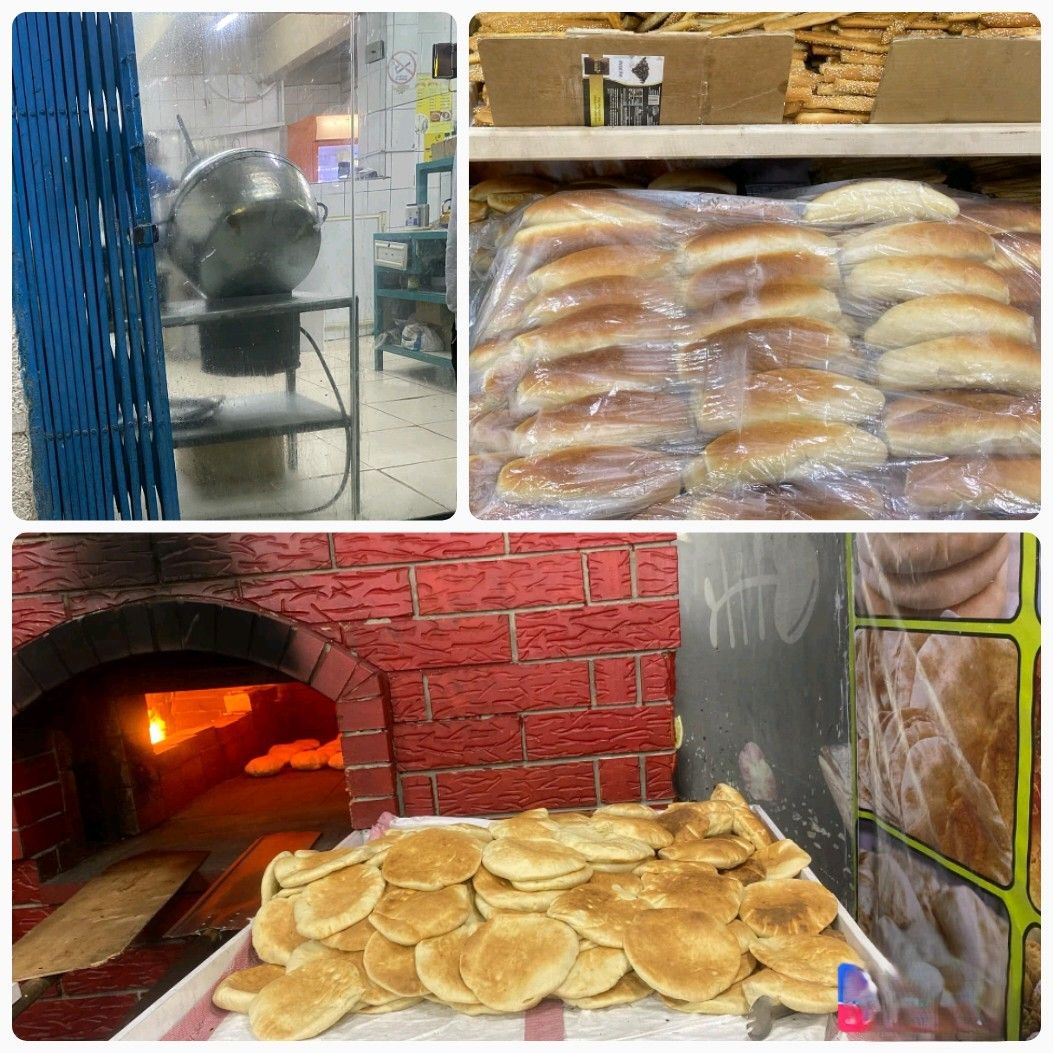
Foul making pot with the delicious Sudanese bread. Photo by: Walaa Abdulatti
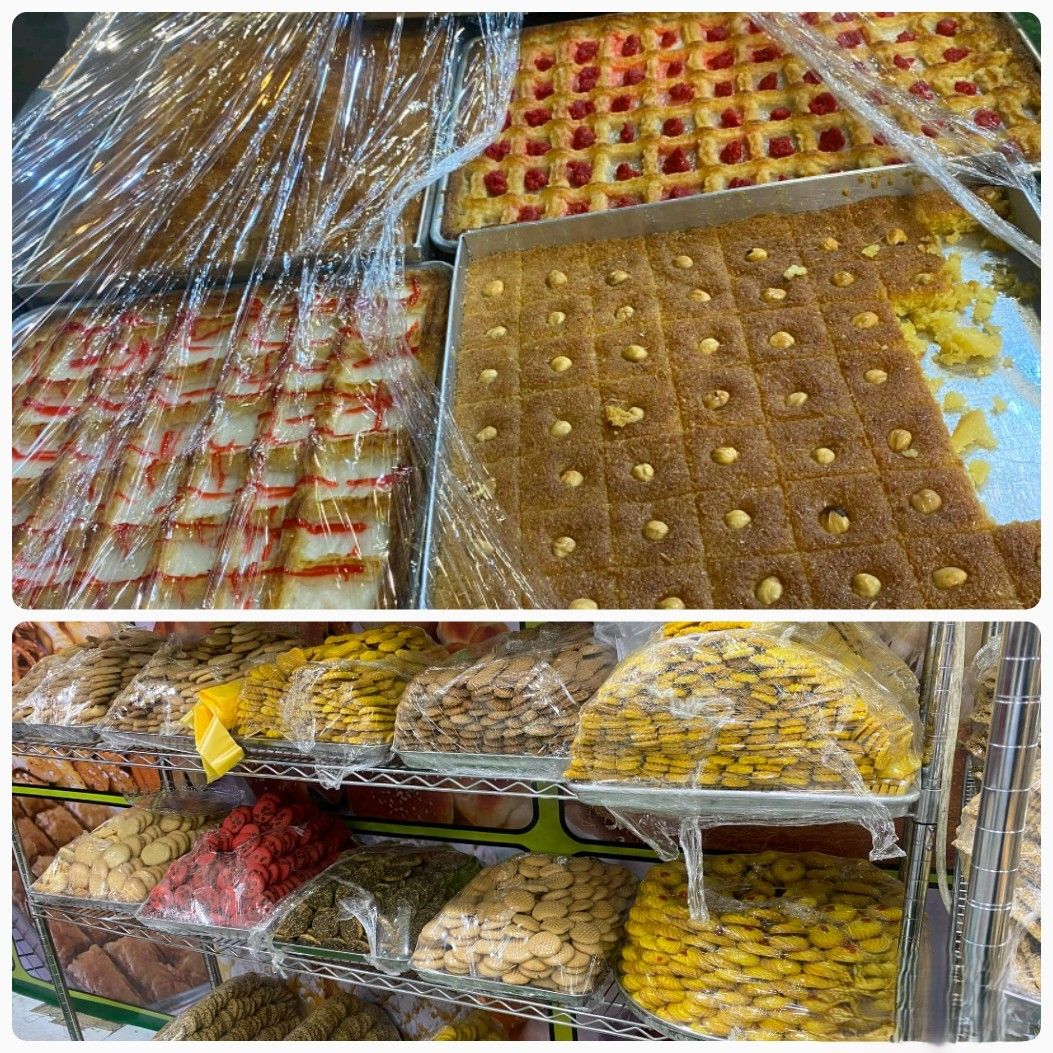
Mouthwatering Basta. Photo by: Walaa Abdulatti
If you pass through the main street in the Ghubairah neighborhood, you will feel as if you are in the center of the capital Khartoum, the Arabi Market area (Downtown Khartoum). Sudanese expatriates have adopted their customs of sitting on the sides of the roads in front of shops. You will also find tea ladies there, but in a slightly different way, serving tea and coffee with the famous Sudanese Nashadir biscuits (homemade biscuits). In addition, you will find street vendors calling out to attract the attention of passers-by to sell their various products, which gives the place a lively and friendly atmosphere similar to that found in traditional Sudanese markets.
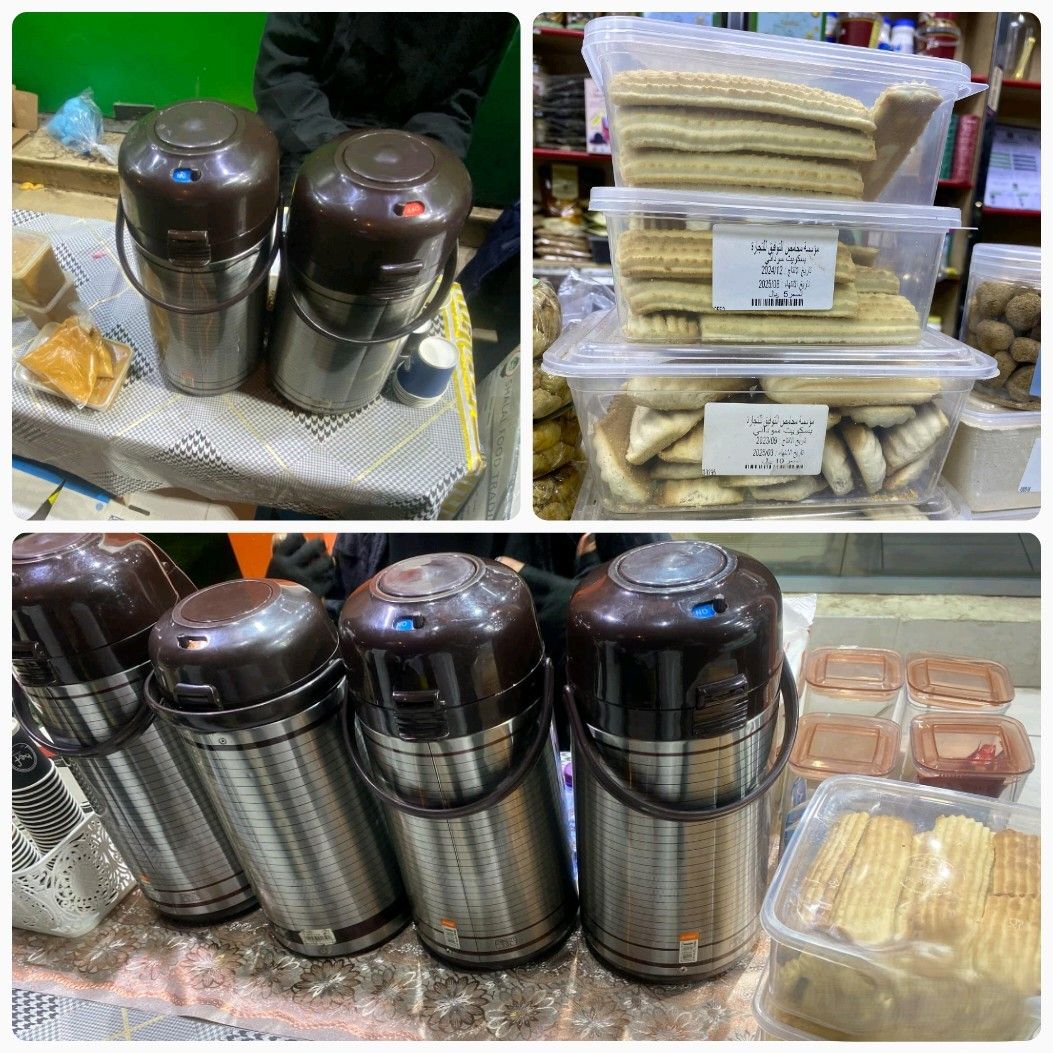
Tea ladies in a different forms than in Sudan but same concept. Photo by: Walaa Abdulatti
Ghubairah is a diverse neighborhood. As it is not inhabited by many Saudis, the vast majority of the population is of Sudanese and Yemeni nationalities, with a few Syrians and Egyptians. In the building where I live, there are 8 apartments, all of which are inhabited by Sudanese from different states. We always meet on different occasions, and we make sure to have a good time together. Every Thursday, we all go with our children to the public park, where they have become our family and friends.
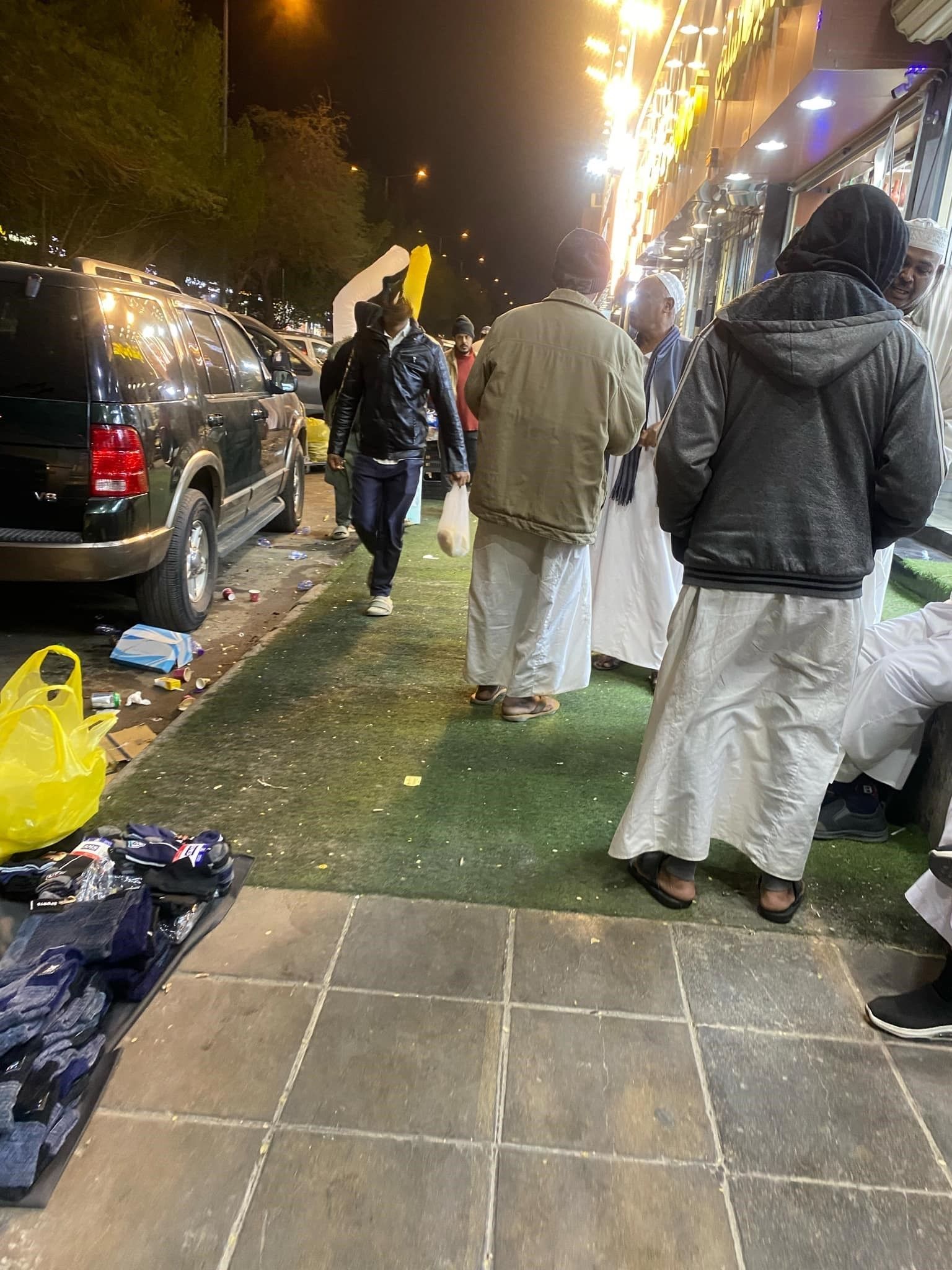
Sudanese in the Ghubairah street wearing their traditional Jalabiya. Photo by: Walaa Abdulatti
We also make sure to hold coffee sessions periodically, with their own rituals and distinctive props, with incense that gives the place a warm and distinctive atmosphere. In these sessions, we gather together, the atmosphere is filled with laughter and affection, which strengthens the bonds between us and creates an atmosphere of intimacy and love.
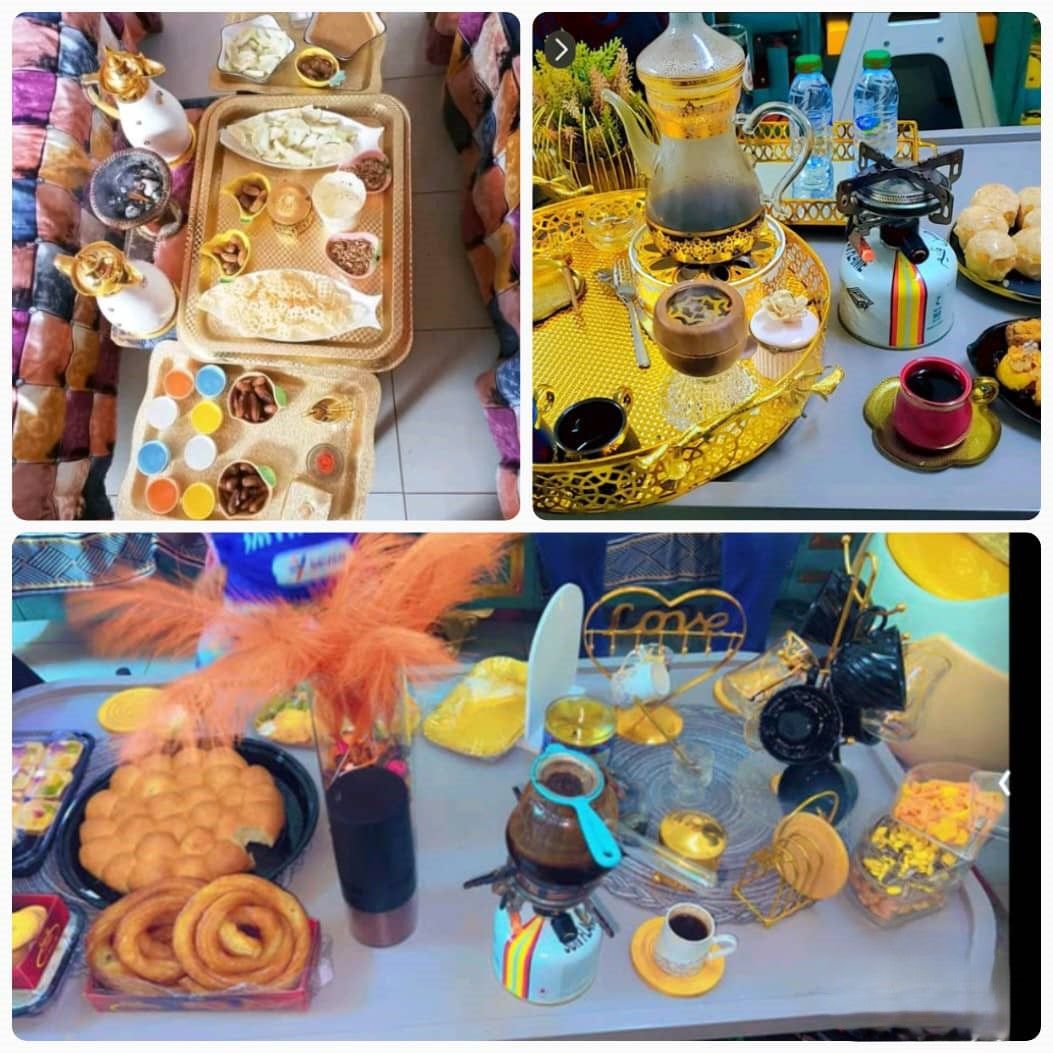
Coffee rituals with the neighbors. Photo by: Walaa Abdulatti
We never felt like we were in a foreign country, but rather like we were among our own people. My grandmother always used to say, “Your people are the compassion,” meaning that relatives and people from the same culture are the ones who stand with you in difficult times and provide you with support and love. This is what we experience here in the Ghubairah neighborhood, where we always find familiarity and comfort among the people of the same country, and we share every moment together, which makes us feel like we are in our homeland despite being far from our original land.
When the Sudanese were forced to leave their homeland to escape the hell of war, they felt nostalgic for their homeland and their usual daily lives. They chose to live close to each other in the same neighborhoods, whether in Saudi Arabia, the UAE, Egypt, or even in Uganda and South Sudan. These neighborhoods became centers of gathering for them, such as the Ghubairah neighborhood in Riyadh, Al-Nuaimiya neighborhood in Ajman, Faisal in Egypt, and the Sandal Building in Kampala.
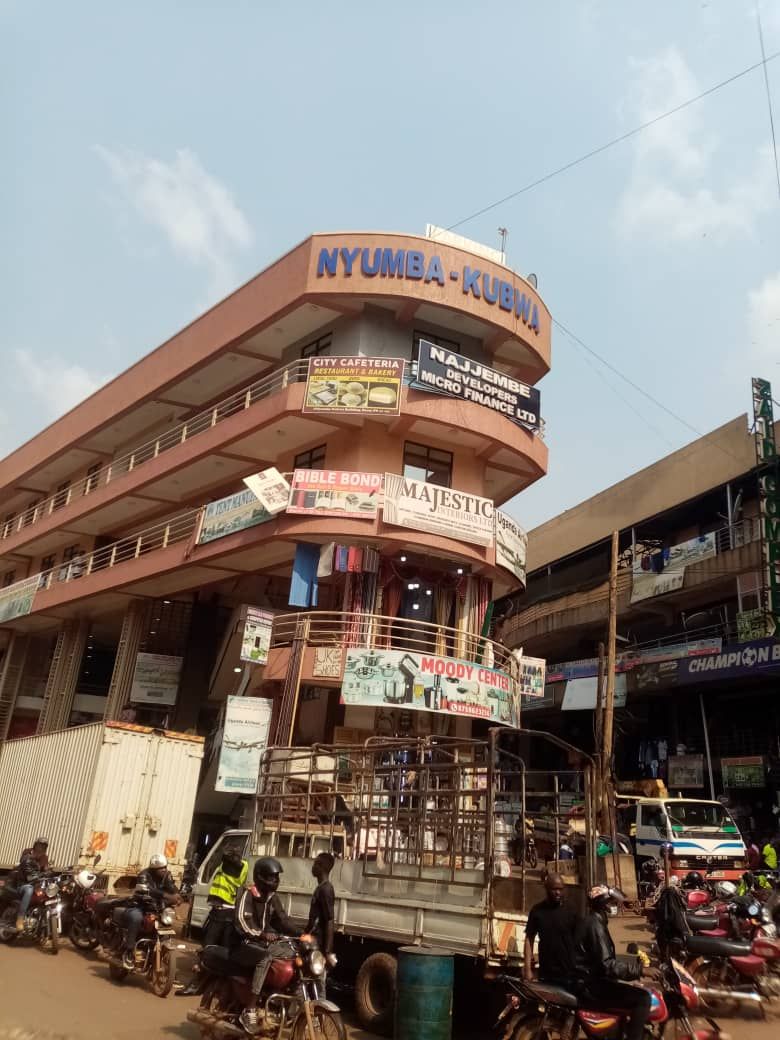
Sandal building in Kampala. Source: Altaghyeer
Some are trying to recreate a miniature community similar to what it was in their homeland, to make daily life easier for them and reduce the pressures. This community creates a supportive environment because everyone is in the same circumstances, whether it is displacement, concern for relatives in Sudan, or feeling alienated. We lived our lives as if we were in our homeland, and I believe that ouCor presence in Ghubairah among our community had this effect.
I noticed that Sudanese living in other neighborhoods where there are not many of their compatriots do not practice daily Sudanese customs, but some aspects of their lives have changed. I remember when our relatives visited us during Ramadan, and that day coincided with a group Iftar for the neighbors, they were amazed and happy to see everything that reflected the Sudanese Iftar customs, such as the famous Halwa Mur drink, Kabkabi (hummus), local Sudanese bread, and the serving coffee ritual.
